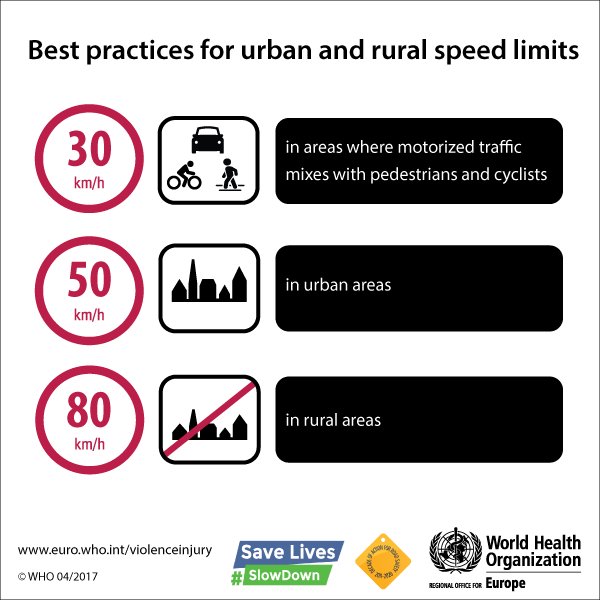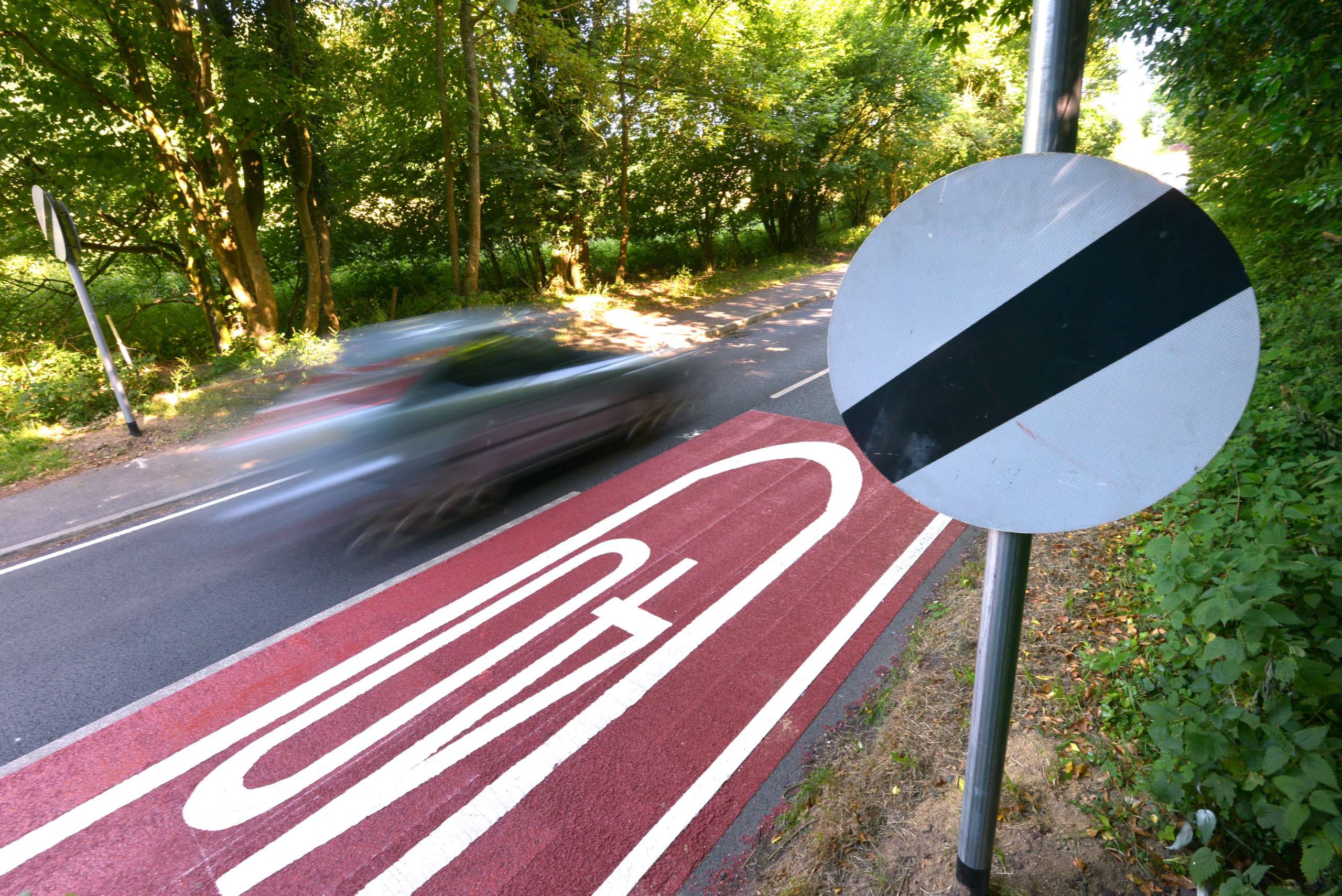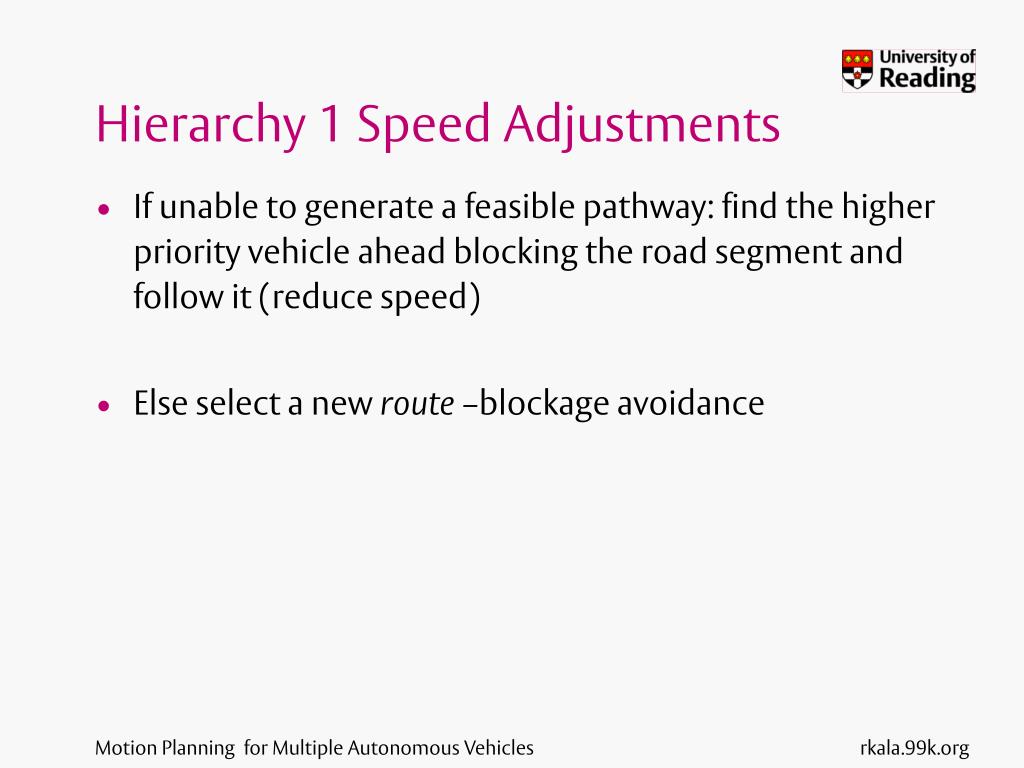Speed Adjustments In Rural Environments Are

Dust devils dance across sun-baked asphalt, a lone hawk circles overhead, and the rhythmic chirp of crickets fills the air. The familiar scene unfolds on County Road 42, a ribbon of blacktop winding through the heart of rural Harmony County. But something is shifting here, a subtle yet significant change that's impacting how residents navigate their daily lives: the speed limit is dropping.
Across the nation, rural communities are re-evaluating speed limits on their roadways, often opting for reductions to enhance safety, improve livability, and reflect the evolving needs of their populations. This isn't merely about slowing down; it's about harmonizing the pace of travel with the unique character and challenges of rural environments.
The Winding Road to Change: Understanding the Need
For decades, higher speed limits were often viewed as symbols of progress and efficiency, designed to connect distant communities and facilitate commerce. However, the consequences of prioritizing speed over safety are becoming increasingly clear, particularly on rural roads known for their unique hazards.
Rural roads present a distinct set of challenges. They often lack features common in urban areas, such as sidewalks, streetlights, and dedicated pedestrian crossings. These roads often have narrow shoulders, sharp curves, and limited visibility.
The National Highway Traffic Safety Administration (NHTSA) data consistently shows that rural roads are disproportionately dangerous. A greater number of fatalities happen there compared to their urban counterparts, even when accounting for lower traffic volumes.
A key factor is the concept of stopping distance. Higher speeds require longer distances to come to a complete stop, which can be critical when encountering unexpected obstacles like farm equipment, wildlife, or even children at play. Speed reductions are often a direct response to a spike in accidents or near-misses within a community.
Community advocacy plays a huge role. Local residents frequently petition their local governments for change, voicing concerns at town hall meetings, circulating petitions, and sharing personal stories of accidents or close calls.
Beyond Safety: A Holistic Approach
The benefits of adjusted speed limits extend beyond mere safety metrics. Slower speeds can contribute to a more livable environment, encouraging walking, cycling, and other forms of active transportation. Reduced speed limits can promote a stronger sense of community.
Lowering speed limits often coincides with other infrastructure improvements, such as the installation of crosswalks, the widening of shoulders, and the addition of warning signs. These changes make the roadways more pedestrian- and bicycle-friendly.
A well-planned and executed speed adjustment strategy can revitalize a downtown area, making it more attractive to shoppers, tourists, and prospective business owners. This can lead to increased foot traffic and a boost to the local economy.
The Implementation Process: A Collaborative Effort
Adjusting speed limits is not a simple matter of posting new signs. It requires a thorough and methodical approach involving traffic studies, engineering assessments, and community input. Local transportation departments are often the driving force behind these initiatives.
Before any changes are made, traffic engineers conduct studies to determine the 85th percentile speed. This is the speed at or below which 85% of vehicles travel on a given stretch of road. It is a common benchmark used to set speed limits based on actual driving behavior.
Public hearings and community meetings are crucial for gathering feedback and addressing concerns. This ensures that the proposed changes are well-understood and supported by the people who will be most affected. It is essential to educate the public on the benefits of slower speeds and to address any potential misconceptions.
For example, in Harmony County, the decision to reduce the speed limit on County Road 42 followed months of discussion and data collection. "We listened to the residents. They were loud about how dangerous the road has become," said Mayor Patricia Jenkins.
Addressing Concerns: Finding the Right Balance
Despite the clear benefits, speed adjustments are not always universally welcomed. Some residents express concerns about increased travel times and potential traffic congestion. Others argue that lower speed limits are unnecessary and infringe on their freedom.
It's important to acknowledge that there is no one-size-fits-all solution. The optimal speed limit for a particular road will depend on a variety of factors. These include traffic volume, road geometry, land use, and the presence of pedestrians and cyclists.
Effective communication and transparency are key to overcoming resistance. When residents understand the rationale behind the changes, they are more likely to support them. Moreover, targeted enforcement is crucial for ensuring that the new speed limits are respected. Law enforcement agencies are encouraged to conduct regular patrols and to issue warnings or citations to drivers who are speeding.
A Reflective Pause: Charting the Future of Rural Roads
The movement towards speed adjustments in rural environments represents a broader shift in thinking about transportation. It reflects a growing recognition that roads are not simply conduits for vehicles, but also integral parts of the communities they serve.
These changes contribute to safer, more livable places. They foster a stronger sense of community and promote a more sustainable approach to transportation. Prioritizing safety and livability will require ongoing investment in infrastructure, education, and enforcement.
As the sun sets on County Road 42, the pace of life seems to slow down just a bit. The reduced speed limit isn't just a number on a sign; it's a symbol of a community striving to create a safer, more harmonious environment for all its residents. It's a reminder that progress isn't always about going faster, but about moving forward in a way that benefits everyone.










:quality(70)/cloudfront-eu-central-1.images.arcpublishing.com/irishtimes/BX2S6YLFSEUXBKY2TWFHPIG6NI.jpg)







